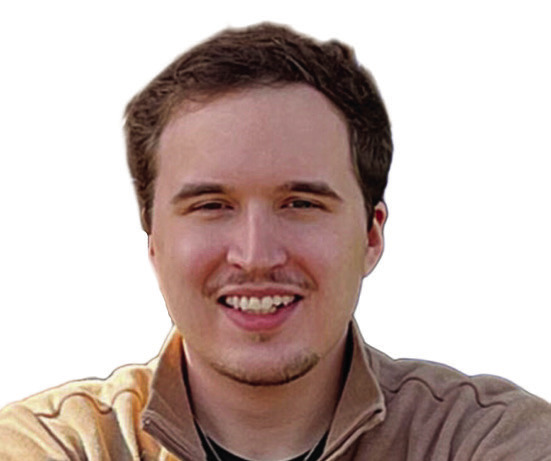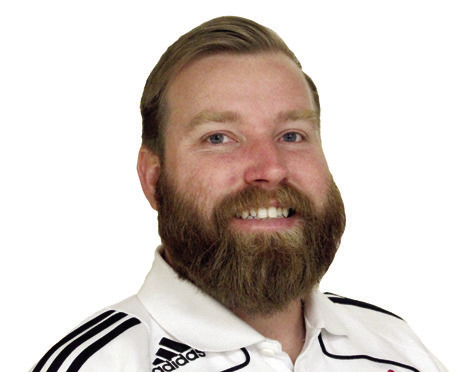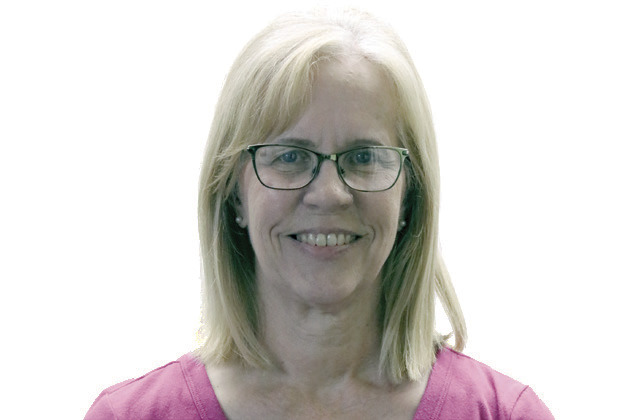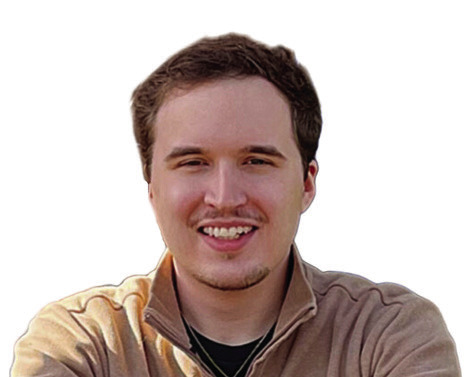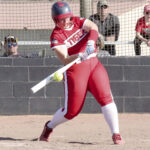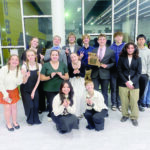“It is for us the living,” Abraham Lincoln said on Thursday, November 19, 1863, of the fallen soldiers at Gettysburg, “to be dedicated here to the unfinished work which they who fought here have thus far so nobly advanced.”
The living had a task, Lincoln concluded, one that is as solemn and weighty as it is never-ending: “that from these honored dead we take increased devotion to that cause for which they gave the last full measure of devotion — that we here highly resolve that these dead shall not have died in vain — that this nation, under God, shall have a new birth of freedom — and that government of the people, by the people, for the people, shall not perish from the earth.”
Seventy-five years later, on the afternoon of Sunday, July 3, 1938, beneath the suffocating heat of a clear Pennsylvania sky, 150,000 people gathered in the fields, in the woods, on the roads, and near radios in faraway places to be a part of the dedication of the Peace Memorial at Gettysburg by President Franklin Roosevelt.
“Many who had waited in the shade of the woods from morning packed themselves in with those who had kept their places in the sun,” The New York Times reported the next day. “In the throng were babes in arms. Below the slope, in a wide meadow, hundreds of cars were parked.”
The heat was no small thing. “A fainting boy and a fainting girl were carried from the press of the throng,” the Times reported. Several others — including aged veterans from the Battle of Gettysburg — were later hospitalized for heat-related sufferings.
But the event’s magnitude gave the crowd the energy to endure. In part, perhaps, they recalled the hopeful words of their crippled but iron-willed and exuberant president, who on Saturday, March 4, 1933, like a father calming anxious, nightmare- stricken children, told his fellow citizens that “the only thing we have to fear is fear itself,” and that, surely, “this great Nation will endure as it has endured, will revive and will prosper.”
It was yet another opportunity to refill the tested reservoirs of hope and strike a blow at the forces of fear and division, whether they were the often intangible — woeful economic statistics — or the physically real — foreign and domestic turbulences, memories, or conditions. The people would endure the heat, just as their ancestors had done on those same blood-baptized grounds, and would join, however meekly, in the message of hope and reconciliation.
Speaking around 6 p.m., the president wore a blue pinstripe suit and a tie knotted four-in-hand, a quick, effective, yet characteristically unsymmetrical knot that resembled the Roosevelt style of politics in crisis, which irked the critics and purists — “action, and action now” and “bold, persistent experimentation” were the FDR way — always going forward, always seeking progress, always fueled by hope, no matter how untraditional.
“It seldom helps to wonder how a statesman of one generation would surmount the crisis of another,” FDR began with a reflective tone. “But the fullness of the stature of Lincoln’s nature and the fundamental conflict which events forced upon his presidency invite us ever to turn to him for help.”
Visiting Lincoln’s birthplace in 1936, FDR had remarked, “I have taken from this cabin a renewed confidence that the spirit of America is not dead, that men and means will be found to explore and conquer the problems of a new time with no less humanity and no less fortitude than his.”
Continuity of purpose closely linked the blood spilled in 1863 with the tears shed and sweat poured in 1938, a year that opened with 17.4 percent unemployment — when poverty was no longer just a passing phenomenon but an ever-present fact of life. The issue, as ever, FDR said, was “to preserve under the changing conditions of each generation a people’s government for the people’s good.”
His words were like those of the man he once served. “America stands for a government responsive to the interests of all,” Woodrow Wilson preached in 1912. “And until America recovers those ideals in practice, she will not have the right to hold her head high.
“The task assumes different shapes at different times. But the challenge is always the same — whether each generation facing its own circumstances can summon the practical devotion to attain and retain that greatest good for the greatest number which this government of the people was created to ensure.”
FDR added that on this day, those who once wore the blue or the gray “are here together, a fragment spared by time,” a symbol “of old divided loyalties.” Yet, “they meet here in united loyalty to a united cause which the unfolding years have made it easier to see.” A democracy can only live “if the settlement of old difficulties clears the ground and transfers energy to face new responsibilities. Never can it have as much ability and purpose as it needs in that striving; the end of battle does not end the infinity of those needs.”
The battle of 1938 was not yet the war of 1941. It was “a conflict as fundamental as Lincoln’s, fought not with glint of steel, but with appeals to reason and justice on a thousand fronts — seeking to save for our common country opportunity and security for citizens in a free society.” The battle raged on, FDR concluded as the sun set and fireflies flew, sustained in progress and victory “by the wisdom and the humanity of the heart of Abraham Lincoln.”
Two once opposing Gettysburg veterans, each ninety-one, released the enormous flag that draped the fifty-one-foot monument, whose foundation bore the inscription, “Peace eternal in a nation united.” Natural gas kindled an eternal light of peace, which rose feet above the memorial from a one-ton bronze urn — a flame that burns to this day, the symbol of a vision that must always sustain us.
Dakoda Pettigrew is a senior political science and history undergraduate student whose father went to school in Cassville. He lives in Tennessee and can be reached at pettigrewdakoda6@
gmail.com.

